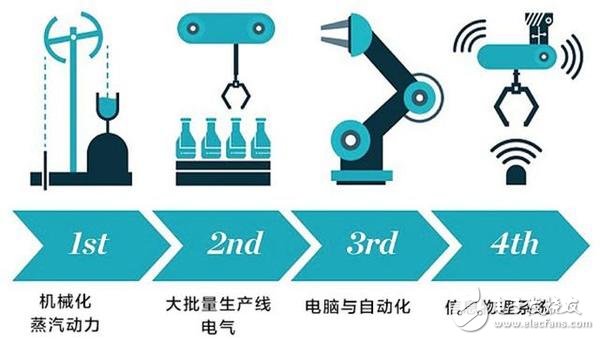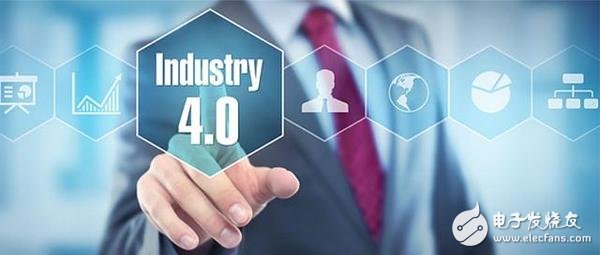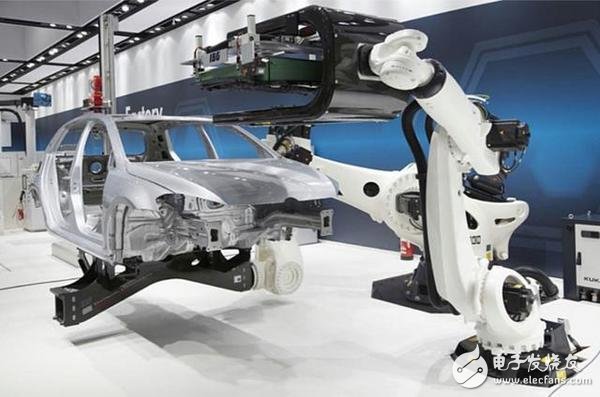No one dares to look to the future today, because even those who stand in the forefront of technology, those who study the science of the future can't imagine the shape and function of the car in the future. Take the entertainment system inside the car. In the 80s, the car was listening to music on the tape cassette, and then the CD appeared. And now a small USB interface has replaced them.
And 3D technology, head-up display technology, VR technology debut, so that the scenes in the future car are full of uncertainty, maybe we will drive in the future, all road conditions, traffic, in-car entertainment information will be displayed on the front windshield, We pay for things in the car, and the courier is delivered directly to the car. The car really becomes a mobile home.

Regarding the industrial revolution of automobiles, many industry experts have analyzed and thought about it. The first industrial revolution with coal as the main energy source, the second industrial revolution represented by oil and internal combustion engines, brought a qualitative leap to the development of automobiles at that time. The third industrial revolution is now automated production based on the popularity of the Internet.
Now the third industrial revolution is in the ascendant and is spreading and spreading around the world. Moreover, in the process of development, new energy, automatic driving, and other automotive-related keywords have become hot topics in recent years.

However, some scholars believe that the addition of computers and information and communication technologies has not brought about an essential improvement in the production of automobiles. Why is this?
After the 1980s, with the popularity of portable computer technology, factories and offices all over the world began to equip computers, and became a boom at that time. Nobel laureate in economics, Robert Solow said that after the popularity of computers and networks, the use of information technology, in terms of automobile production, although more convenient in technology research and development and production management, but the production efficiency of its cars is not much s help. Of course, many people do not agree with this point of view.
After Robert Solo published his research results, he was known as the "Solo Paradox." Also known as productivity paradox. In the late 1980s, American scholar Strassman surveyed 292 companies and found a strange phenomenon in which there was no significant correlation between IT investment and return on investment (ROI).
Robert Solow, an economist who won the Nobel Prize in 1987, called this phenomenon "producTIvity paradox": "We can see computers everywhere, but we can't see computers in terms of productivity statistics." Everywhere except in the producTIvity staTIsTIcs.)". The Solo paradox refers to "the IT industry is ubiquitous, and its promotion of productivity is minimal."
From 1947 to 1983, the average labor productivity in the United States was 2.8%. However, after 2000-2007 in large-scale use of computer computers, labor productivity in the United States dropped to 2.6% on average. By the time the smartphone revolution is coming, from 2007 to 2014, the labor productivity of the United States has dropped to 1.3%. Therefore, in the United States, "technical uselessness" is rampant, and more and more people believe in Solow's paradox.

Over the past 10 years, advances and innovations in technology have led to a geometric growth in investment, and labor production and demand around the world have shown unprecedented cooperation. When the technology develops to a certain extent, the issue of efficiency paradox is mentioned again, causing economic panic, which seems to be a difficult mystery in economics.
So far, the most authoritative of the fourth industrial revolution is the book The Fourth Industrial Revolution from the founder of the Davos Economic Forum, Klaus Schwab, which provides an overview of artificial intelligence and robotics. New technologies such as Internet of Things, self-driving cars, 3D printing, blockchain, and biotechnology together constitute the "fourth industrial revolution." At the same time, the theme of Davos in the summer of 2016 was also selected as “the fourth industrial revolution – the power of transformationâ€.
At the beginning of the 20th century, Henry Ford pioneered the production line, the efficiency of automobile production was improved, and the production cost was greatly reduced. And each worker is only responsible for one part of himself, and the technical requirements for skilled workers are also reduced. If Henry Ford's assembly line production is regarded as the greatest revolution in the past auto industry, then the future auto industry revolution must be autonomous vehicles.
Many foreign auto analysts believe that today's automotive electronic equipment, autonomous driving is the development trend, and the Chinese market is the most important position in the global automotive market.
Why do you say this way? First of all, the most eye-catching thing about autopilot is Google's driverless car, but it will be very difficult to reach the final form of Google's driverless car. The road to commercialization is very far away. Therefore, many highly self-driving cars are first produced by manufacturers. However, driverlessness is the final form.

Because social capital will first invest in the most efficient enterprises, and after the popularity of driverless cars, 90% of current traffic accidents are caused by human factors. Unmanned vehicles will completely solve the traffic accidents caused by human factors, making the whole society Travel efficiency has been improved.
However, in order to achieve the ultimate form, it will not be solved by car manufacturers themselves. Need government-led, the whole society's joint efforts, when the shape of the car will not even be what we see now, the manufacture of cars is no longer the manufacturer and parts suppliers can say, I am afraid that all walks of life will be It is integrated into automobile manufacturing and transportation life.
The second change comes from the thinking of oil depletion. At the end of the 20th, some scholars analyzed that oil resources will be exhausted in 2030. The "oil crisis" was also mentioned several times. When the oil on the earth is depleted, the traditional internal combustion engine will naturally disappear. However, all experts' predictions are wrong. Because many new oil fields have been discovered on the earth, and many are still in the deep sea, so how many years of oil can be mined on the earth, we can not know for many years.
Therefore, the influence of the oil giants is declining. ExxonMobil in the United States is reducing the refining industry and shifting to other industries. As a result, the quality of gasoline used by consumers is likely to decline. Correspondingly, the harmful gases emitted by automobiles will increase, which will be a big burden for automobile manufacturers.
In order to reduce harmful gases, manufacturers will continue to develop various technologies. The development of these devices requires the use of various rare metals such as rare earths. Of course, the products produced by rare earth resources will also be used in smart phones, and 95% of the world's rare earth resources are in China. Therefore, China will play a more important role in the world in the future.
The third serious problem is global warming. At present, the exhaust gas emitted by automobiles is one of the causes of global warming. The standards for exhaust emissions in various countries are becoming more stringent, and car manufacturers will not bring a small burden. Today, 40% of global electricity comes from coal, 30% from natural gas, and 6% from oil. In other words, 75% of the world's electricity production will also produce carbon dioxide, which is the cause of global warming.
The technology development in the digital age is now working on motion recognition, speech recognition, touch screen, head-up display, entertainment, and in-vehicle information service systems. By 2030, artificial intelligence technology will be very mature. A conversation between a person and a car will achieve a higher recognition rate and a faster response speed than a conversation between people and people.
After 10 to 20 years, autonomous vehicles will be truly commercialized. The demand for cars will increase at that time, and the sales of cars will also be proportional to the growth of the population. Human society will be more convenient to produce and live. The innovation of American companies such as Google will maintain its advantage in the new round of industrial revolution.
Distribution Transformer,Electric Oil Type Distribution Transformer,Oil Type Distribution Transformer,Oil-Immersed Special Transformer
Shaoxing AnFu Energy Equipment Co.Ltd , https://www.sxanfu.com